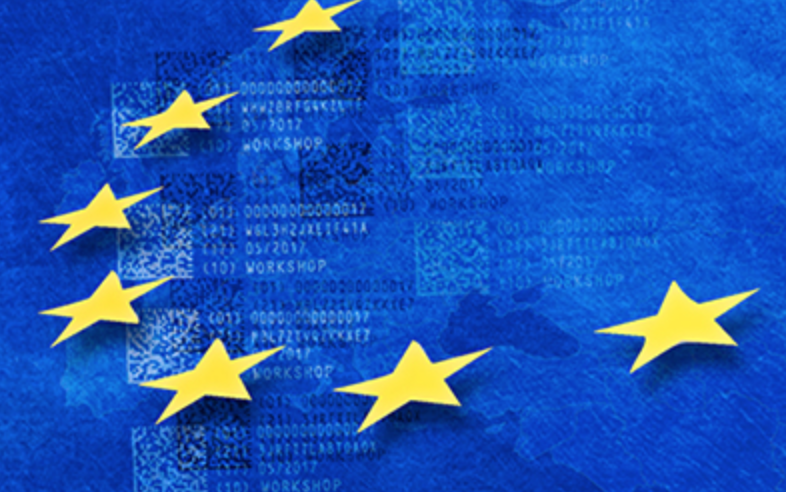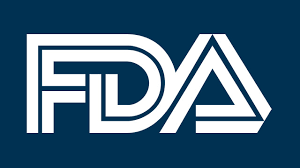Over the next six years, the drug supply chain in the United States will undergo a series of changes in order to conform to new standards created by the federal government. The Drug Supply Chain Security Act (DSCSA) mandates the development and implementation of standards for tracing drug products, with these standards to be phased in by 2023.
The drug supply chain in the United States isn’t the only pharmaceutical landscape to see new standards though, as the European Union (EU) will also be enforcing new standards for tracking drugs via the Falsified Medicines Directive (FMD) and its associated Delegated Regulation (DR). How do the DSCSA and the FMD/DR compare? What is similar about the two different sets of standards? What is different about them? To answer these questions, it is important to take a close look at the structure of both the DSCSA and FMD/DR
Overview of the DSCSA
The DSCSA was signed into law in 2013, and it was created to facilitate verifying the legitimacy of drugs, making recalls easier, and increasing the overall traceability of the supply chain. The DSCSA’s Title II creates new serialization standards as well as requirements for the handling of electronic transaction data.
The establishment of the DSCSA is multi-phased. The rollout of the new standards began in 2015, and the industry is expected to be in full compliance by 2023, so there are eight years of transition between the old standards and the new standards. The transition began with lot-level management, or changes at the local level for manufacturers, repackagers and wholesalers. These companies were expected to start exchanging lot-based documentation for drugs in 2015.
The middle phase of DSCSA implementation concerns item serialization, and will take place from 2017 to 2019. Repackagers and manufacturers will have to begin adding unique product identifiers like GS1 Global Trade Item Numbers, as well as expiration dates and lot numbers to each product. The final phase of implementation involves serialized item-level traceability. The item-level traceability will make information that allows supply chain partners to trace the ownership of a product back to the original repackager or manufacturer available.
Overview of the FMD/DR
Similar to the DSCSA, the EU’s Falsified Medicines Directive lays out the legal justification for combating falsified drugs and medicines, and then directs member states of the EU to take action to protect the drug supply chain from counterfeit drugs. The 28 member states of the EU as well as a few other countries like Iceland, Norway and Switzerland will be participating in the FMD.
The FMD itself is relatively short, only 14 pages, but it has powerful implications for the more than 30 countries that will abide by the directive. The FMD mandates the passing of a “delegated act” which would require that safety features and information be included on the packaging of prescription drugs sold in the EU. The safety features were intended to “allow verification of the authenticity and identification of individual packs, and provide evidence of tampering.” The specifications for the mandated safety features would be provided during the passage of the Delegated Regulation.
During February of 2015 the DR was passed, explaining that there should be two safety features on every drug package. One of the safety features is the inclusion of anti-tamper devices, while the other is the inclusion of a unique product identifier (composed of various elements like serial numbers, product codes, and batch numbers). The act also specifies what companies or entities must abide by the new regulations as well as what the responsibilities of said entities are. The entities that are subject to the FMD/DR include manufacturers, wholesalers, repackagers, parallel traders, and dispensers or pharmacies.
All entities subject to the FMD/DR are expected to be in compliance with the new standards and regulations by February 9th of 2019, so pharmaceutical companies will have to be including anti-tamper features and product identifiers in all their products by this date, in addition to complying with any other mandates of the FMD/DR.
Comparing the DSCSA and FMD/DR
One of the most prominent differences between the DSCSA and the FMD/DR is that the rollout periods for the two systems are vastly different. The DSCSA is essentially made up of a series of milestones, with the final milestone being full compliance in 2023. The FMD/DR only has one real milestone, full compliance by February 9, 2019 after the DR was adopted in 2015.
While the DSCSA and FMD/DR both require that repackagers and manufacturers label every lot with different serial numbers for the purposes of verification and recordkeeping, the two directives differ in the type of information they mandate the collection of.
The DSCSA mandates collection of the following data: Serial Number (no randomization required), the Lot Number where the product originated, the expiration date, and the National Drug Code (NDC) Number.
The FMD/DR requires the collection of the following data: Product Code, Drug Registration Number, Lot Number, Expiration Date, and the Randomized and Unique Serial Numbers.
The FMD/DR has standards for “commissioning”, or verifying received products and “decommissioning” or taking a serial number out of the supply chain. Decommissioning would only be done if the product was destroyed, stolen, or lost. The DSCSA currently doesn’t have any provisions in place that demand either the commissioning or decommissioning of individual drug products.
Neither the DSCSA nor the FMD/DR require the implementation of any specific serial number system. The DSCSA allows manufactures to add in unique serial numbers to a pre-existing National Drug Control System (NDS), which forms a serialized NDC. The problem with this format is that it can only be used for products within the US, which means that if a US company is going to export goods internationally it needs to use a different identification system, like the Electronic Product Event Data (UPCIS) system or the GS1’s Global Trade Item Numbers (GTIN). Countries adhering to the provisions established by the FMD/DR would presumably use one of these systems as well.
The biggest difference between how verification is handled between the US and EU systems is when and how often drugs are verified. In the EU every drug must be verified by before it is dispensed to the patient, whereas in the US only drugs being returned or seen as suspect will be verified.
Since neither the FMD/DR or the DSCSA give guidance for the implementation of any serial number systems or data collection systems, the decision is left primarily up to individual companies. This means that they will face similar challenges regarding the standardization of systems and the communication between companies. Different entities will be arguing for the implementation of their own preferred systems, and collaboration is difficult in any environment that has many different organizations.
No matter the differences between the two systems, both the DSCSA and the FMD/DR will have to deal with the challenges of applying universal standards to a wide variety of companies and entities. Despite the challenges, a safer drug supply chain is worth it.




